Culture & Media
Review: "San Francisco 2.0"
It’s hard to imagine now, but there was a time when San Francisco was considered a working-class town. It had always been home to a generous share of bohemians, dilettantes and tycoons, of course – but it had also been the city of unchallenged union power, the general strike and rough-hewn but familial neighborhoods spilling from the Fillmore District to Potrero Hill. It’s where even Jack Kerouac worked as a brakeman for Southern Pacific.
“Anyone who disappears,” says a character in The Picture of Dorian Gray, “is said to be seen at San Francisco. It must be a delightful city and possess all the attractions of the next world.” Generations of Americans in search of reinventing themselves have agreed – along with those simply searching to invent. This latter group of “tech bros, hipsters and yoga yuppies” is the focus of Alexandra Pelosi’s 40-minute documentary, currently viewable on HBO TV and its streaming platforms.
San Francisco 2.0 opens with Pelosi, the daughter of House Minority Leader Nancy Pelosi, telling us how her hometown has been invaded and taken over by techies, and she throws in some scenes from Don Siegel’s paranoid sci-fi classic, Invasion of the Body Snatchers. (“They’re here – you’re next!”) Pelosi gives us a bare-bones explainer of the problem: Tech startup executives and their well-paid staffs, backed by millions of dollars in venture capital, are gobbling up prime commercial and residential real estate, driving up rents to stratospheric heights, while developers are obligingly building luxury homes and office towers on the debris of old blue-collar neighborhoods such as the traditionally Latino Mission District.
While Pelosi doesn’t tell us anything new, she provides a tidy primer in economic inequality, showing us how a service-industry startup like Airbnb can price people out of their rental homes, and how the state’s controversial Ellis Act is permitting speculators to throw lifelong residents out of their apartments to make way for a far wealthier class of condo owners.
Because of its short length, Pelosi’s documentary comes across as an extended 60 Minutes segment and doesn’t probe very deeply into the issues she raises. Still, occasionally it captures the hubris of the new generation of body snatchers who have seized Pelosi’s city. “There’s no old people or kids in San Francisco,” one of her young tech tyrants notes approvingly.
There are noticeable holes, though. Pelosi’s chirpy narrative distracts from the seriousness of her documentary and offers only a superficial analysis of the city’s complex political culture and its intersection with developer interests. After quickly referencing the city’s scruffy Tenderloin District, Pelosi just as quickly moves on – never returning to the neighborhood, as though afraid of it, despite its pivotal role in San Francisco’s gentrification wars.
Furthermore, while it is easy for audiences to visualize a tech company as an all-purpose villain, the city’s transformation into a playground for the well-off can’t entirely be blamed on the tech bros – San Francisco began that metamorphosis in the 1970s. It’s no accident that director Philip Kaufman set his 1978 Invasion of the Body Snatchers remake in San Francisco, within a milieu of foodies and the human potential movement.
The city’s yawning class divide is partly due to location and geography – it’s a stunningly beautiful place but almost an island with no place to build lower-income suburbs. And so, decade by decade, more and more of the city’s populations of blacks, Latinos, working- and middle-class whites have been displaced by younger people with more disposable incomes. For a more comprehensive examination of this phenomenon we’ll have to wait for another documentary maker to come up with San Francisco 3.0.

-
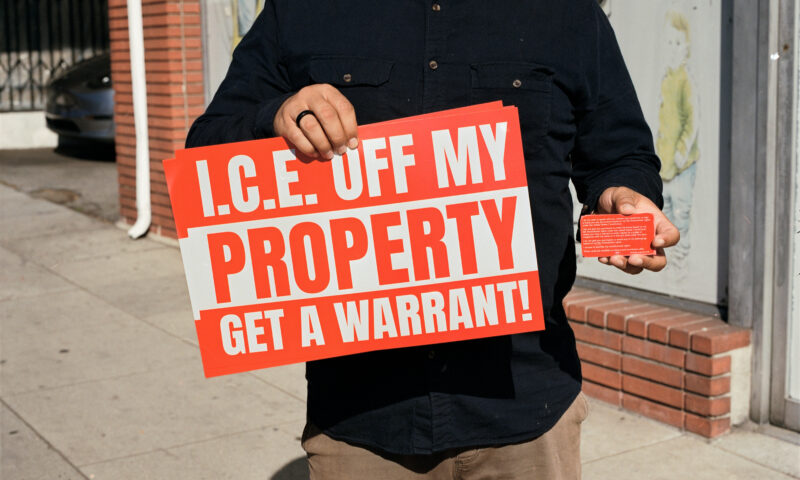
 Latest NewsNovember 19, 2025
Latest NewsNovember 19, 2025How Employers and Labor Groups Are Trying to Protect Workers From ICE
-
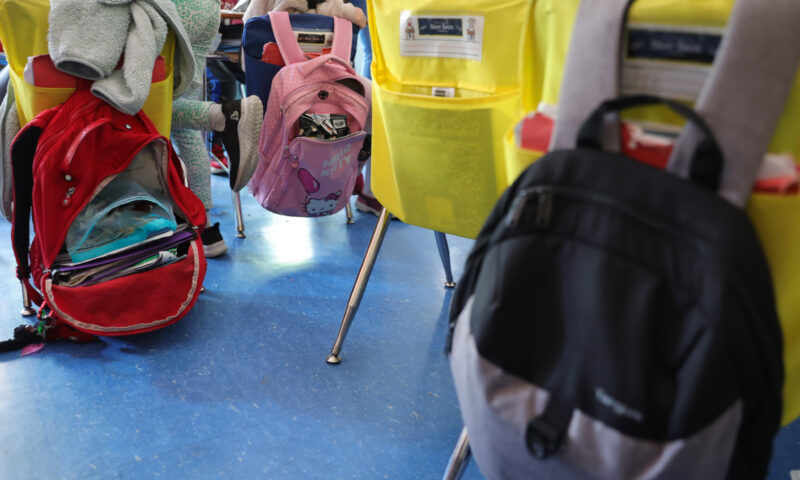
 Latest NewsNovember 18, 2025
Latest NewsNovember 18, 2025Future of Special Education at Risk, Teachers Say, as Trump Moves to Cut Staff and Programs
-
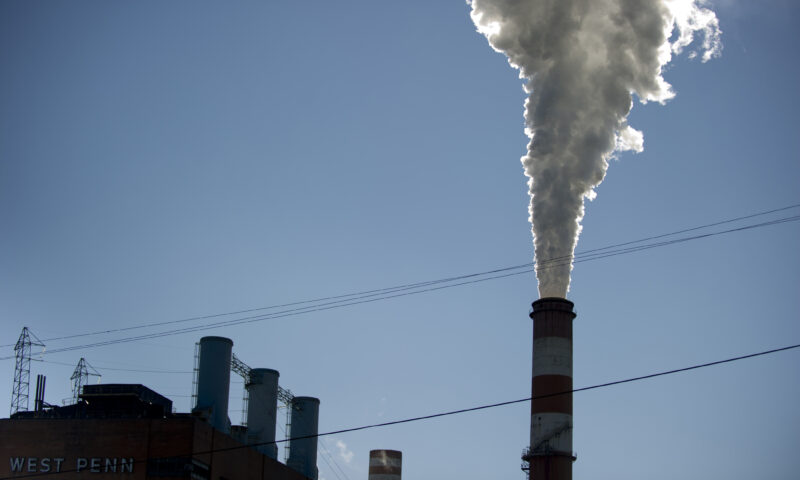
 The SlickNovember 18, 2025
The SlickNovember 18, 2025After Years of Sparring, Gov. Shapiro Abandons Pennsylvania’s Landmark Climate Initiative
-
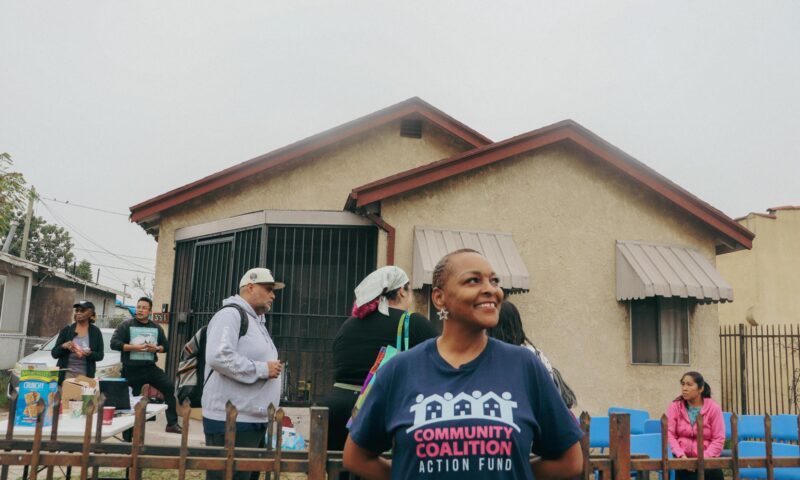
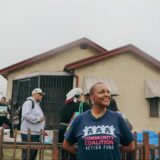 Latest NewsNovember 17, 2025
Latest NewsNovember 17, 2025In South L.A., Black and Latino Neighbors Unite Against ICE as Systems Fail
-

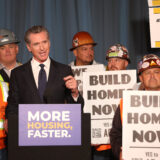 Column - State of InequalityNovember 21, 2025
Column - State of InequalityNovember 21, 2025Seven Years Into Gov. Newsom’s Tenure, California’s Housing Crisis Remains Unsolved
-
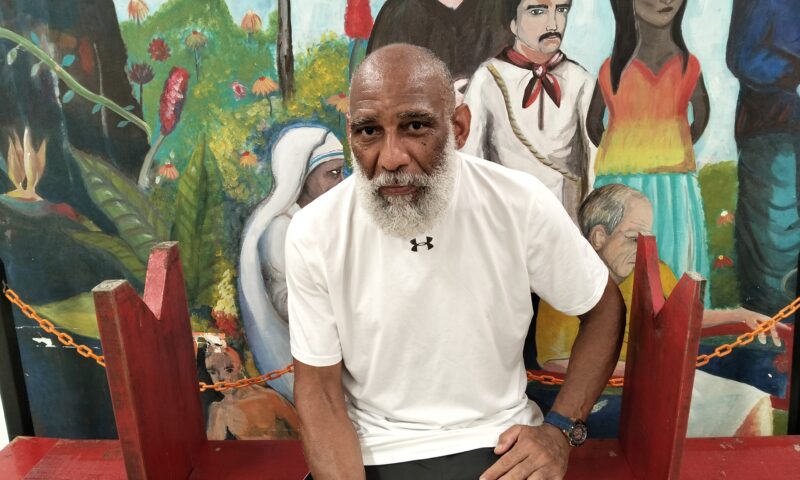
 StrandedNovember 25, 2025
StrandedNovember 25, 2025‘I’m Lost in This Country’: Non-Mexicans Living Undocumented After Deportation to Mexico
-
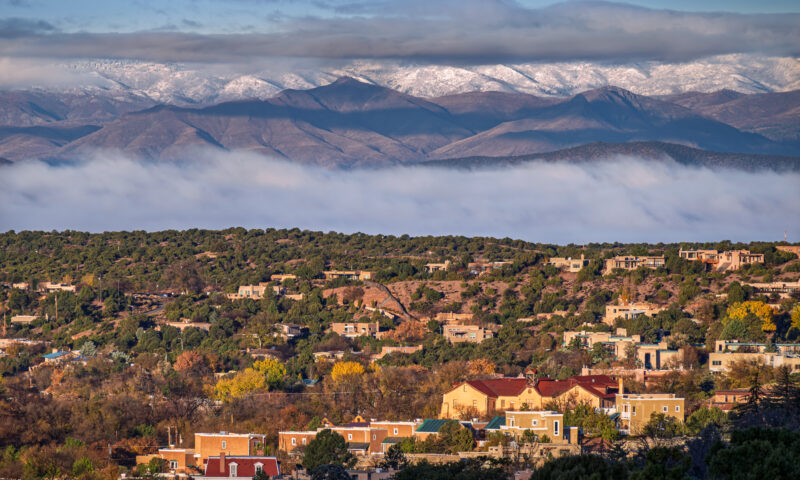
 Column - State of InequalityNovember 28, 2025
Column - State of InequalityNovember 28, 2025Santa Fe’s Plan for a Real Minimum Wage Offers Lessons for Costly California
-
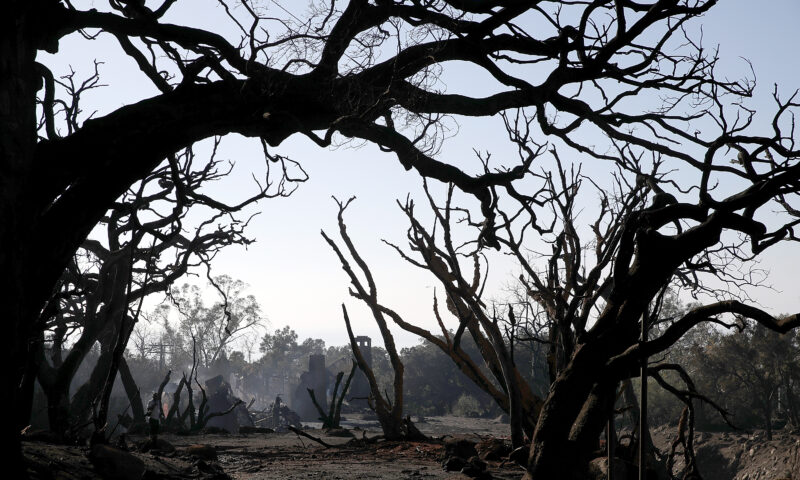
 The SlickNovember 24, 2025
The SlickNovember 24, 2025California Endures Whipsaw Climate Extremes as Federal Support Withers

